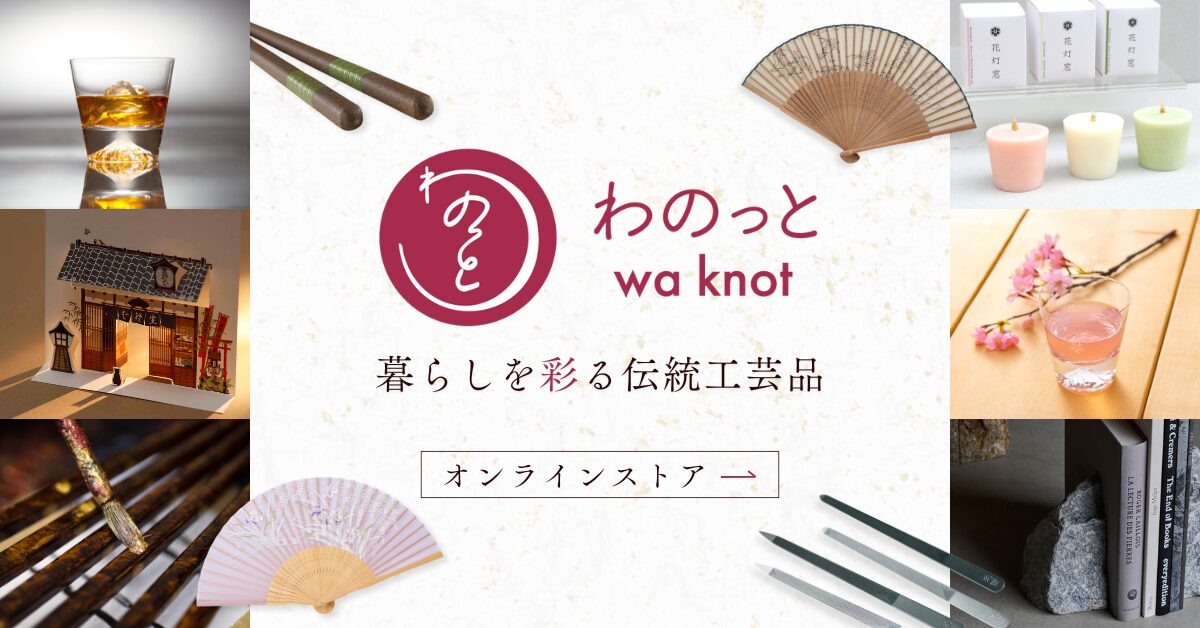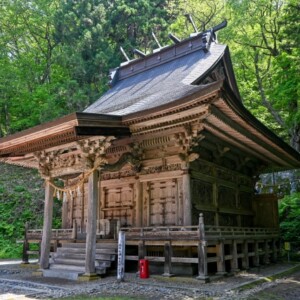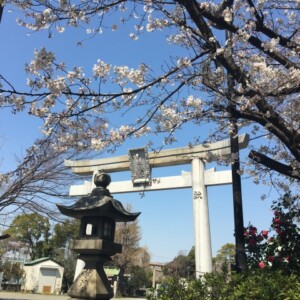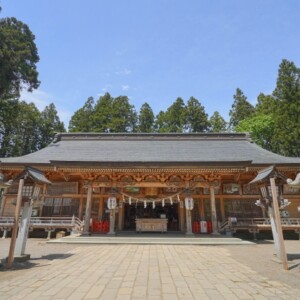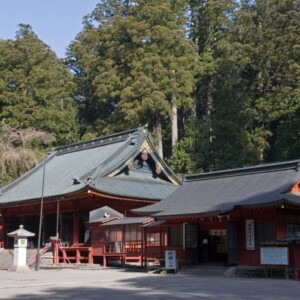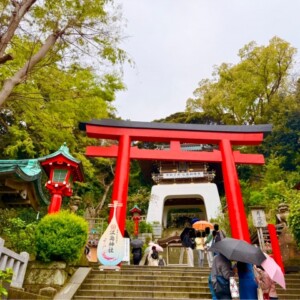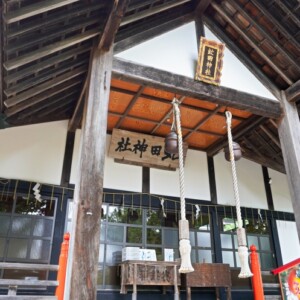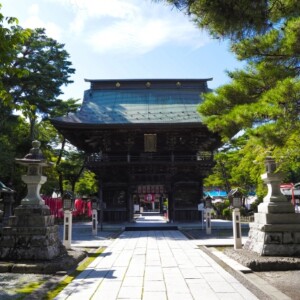
Washiko Yamagami-jinja Shrine|Complete guide to the history, highlights, and worship information of this historic shrine
Located on the border between Nakagawa-cho, Nasugun, Tochigi Prefecture and Hitachi-Omiya City, Ibaraki Prefecture, Washiko Yamagami Shrine is one of the few shrines in Japan that sits on top of a 470 meter-high mountain. The prefectural border runs through the center of the shrine grounds, and this sacred place, popularly known as “Owl Shrine,” is crowded with many worshippers who wish for good fortune and luck. Approximately 150 owl statues, including the largest owl statue in Japan, are scattered throughout the shrine grounds, attracting attention as a power spot that brings good luck to visitors.
Outline and basic information about Washiko Yamagami Shrine
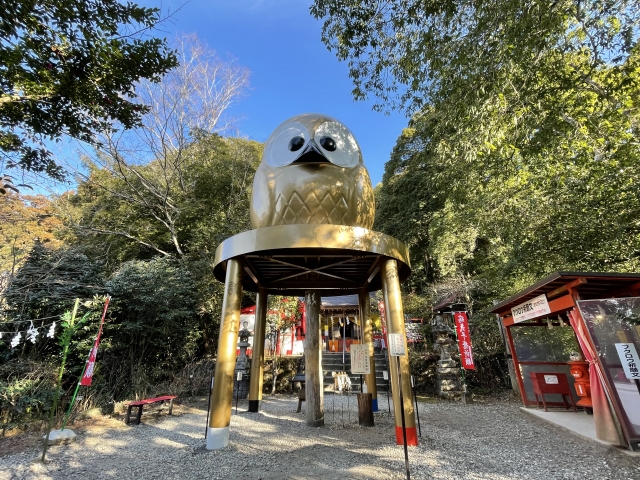
Washiko Yamagami Shrine is said to have originated in Daido 2 (807) when Daizobo Hoshu Shonin of Yamata Village (present-day Yamata, Nakagawa-cho, Nasu-gun, Tochigi Prefecture) invited Ama-no-Washimikoto from the Land of Awa to visit the shrine. The shrine was originally called “Washigongen,” but in 1871 (Meiji 4), the company name was unified to the current “Washikozanjo Shrine.
The most distinctive feature of this shrine is that two shrines, one in Tochigi Prefecture and the other in Ibaraki Prefecture, stand side by side in one precinct, as the Shimono-kuni side was placed under the jurisdiction of Tochigi Prefecture and the Hitachi-kuni side under the jurisdiction of Ibaraki Prefecture in 1871 (Meiji 4), following the abolition of the domain system. Even today, the shrine is registered as a religious corporation in Tochigi and Ibaraki prefectures, respectively, and is treated as two separate shrines.
History and Origin
At the time of the shrine’s founding, Daizobo Hoshu Shonin, while on an itinerant journey through various countries, learned that the paper manufacturing industry was thriving in Awa Province (Tokushima Prefecture) in Shikoku, and he invited the guardian deity Ama-nihiwashimikoto to the shrine along with his paper-making skills. Later, Omikinomikoto and Kobikonomikoto were also enshrined.
At the end of the Kamakura period (1185-1333), the Takemochi clan, a branch of the Utsunomiya clan, ruled this area, with its sphere of influence centered in central Shimono-kuni. The shrine used to be located on a site called Asahidake, but was reconstructed at its present location in 1552.
During the Meiji Restoration (1868-1912), the Gochi-in Temple, which had administered the shrine until then, was abolished, and the Nagakura family, which had served as the head of the shrine, was restored to the Nagakura family name and continued to be involved in the shrine’s affairs. The Nagakura family is the 23rd generation of the Nagakura family as of 2009, after the Nagakura family split off from the family of castle lords in Hitachinoku Province in 1392 to become the chief priest of Washiko Yamagami Shrine.
Deities and Benefits
The main deity is Amenohiwashinomikoto, the god of birds. This deity is worshipped as the guardian deity of the paper and textile industries, and is believed to bring blessings for the improvement of craftsmanship and industrial development.
In recent years, owls have been worshipped as the messengers of the god, and owls are believed to be birds that bring good luck, with meanings such as “no hardship” (no hardship), “Fukurairo” (a person from whom good fortune comes), and “Fukuro” (a happy old man). Each owl statue is a very auspicious power spot, with each owl statue bringing blessings such as good luck, family happiness, mental and physical health, increased money fortune, and the fulfillment of love.
Highlights and Features of Washiko Yamagami Shrine

The shrine’s precincts are designated as a natural environment preservation area and a cultural asset by both Ibaraki and Tochigi prefectures. Located at the top of a 470-meter-high mountain, the shrine is surrounded by the natural beauty of the four seasons, deeply inspiring visitors.
A rare shrine that crosses the border between prefectures
The border between the two prefectures runs through the center of the approach to the shrine and the main shrine building, making it one of the few shrines in Japan to have shrine offices for both Tochigi and Ibaraki prefectures, each with its own chief priest. The shrine is known as one of the few shrines in Japan where the prefectural border runs through the center of the Otorii gate.
The main hall has been designated as a tangible cultural property by both Tochigi and Ibaraki prefectures, making it the first shrine in Japan to be designated as such by both prefectures. The worship hall is located on the Ibaraki Prefecture side, but is jointly owned by both Tochigi and Ibaraki Prefectures.
Interestingly, the official reading of the company name is “Torinoko-Sansho Jinja” on the Tochigi Prefecture side and “Torinoko-Sansho Jinja” on the Ibaraki Prefecture side. This is due to differences that arose during the registration process with the Jinja Agency.
Japan’s largest owl and 150 owl statues
Owl motifs are placed throughout the shrine grounds, including Japan’s largest owl, the “Owl Pillar of Non-Shining,” owl stone steps, a stone watering owl, an owl post, an owl bell, and owl benches.
Stone statues of owls are often dedicated to the temple, and as of December 2016, there were approximately 120 owl statues on the grounds, and as of December 2024, there will be approximately 150 owl statues on the grounds. These owl statues are unevenly placed on the Tochigi side for management reasons, and each has a different look and personality.
The giant owl statue, the largest of its kind in Japan, is a popular power spot for good luck, money, and fortune. The central pillar supporting the owl statue is believed to bring good luck for money, while the four surrounding pillars are believed to bring good luck for protection from disaster and direction.
The main shrine and buildings designated as cultural assets
In 1990, in response to a request from Ujiko, Tochigi and Ibaraki prefectures simultaneously conducted a survey and designated the main shrine and other structures as Tangible Cultural Properties of the prefectures at the same time. The main hall, with its magnificent carvings, attracts many worshippers with its ethereal atmosphere.
The shrine grounds cover an area of approximately 22 hectares, including 2 hectares of virgin forest. In this rich natural environment, owls actually live on Washikoyama, and their appearance at night gives deeper meaning to the belief in owls as messengers of the gods.
Guide to Worship and Visitation
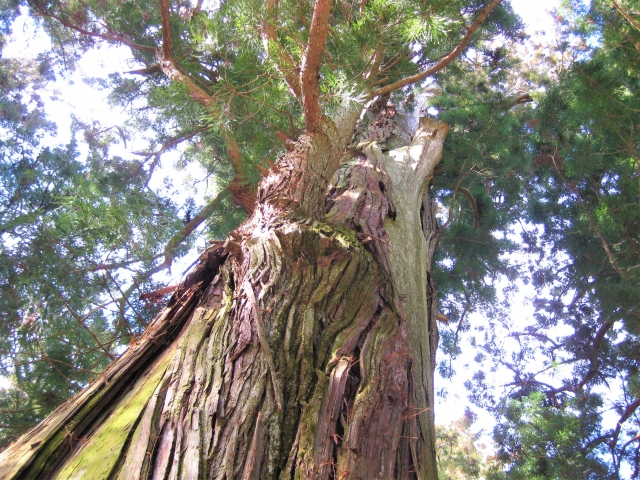
Visiting Washiko Yamagami Shrine is a special experience in a sanctuary surrounded by nature. Its location atop a 470-meter-high mountain allows visitors to worship wholeheartedly in an environment of clean air and serenity.
Worship Etiquette and Manners
In accordance with general shrine etiquette, it is important to bow when passing through the torii gate and to avoid walking down the center of the path. After purifying your hands and mouth at the hand- and mouth-cleansing booth, proceed to the hall of worship.
Since this is a special shrine that crosses the border between the two prefectures, there are shrine offices on both the Tochigi and Ibaraki sides, but there are no special differences in the manner of worship. There is no special difference in the way of worship.
Wishes implied in the owl
Since the deity of the shrine is Ama-nihiwashi-no-mikoto, a bird deity, owls have been worshipped as messengers of the deity, which means “no hardship,” “blessed old age,” and “good fortune. The many owl statues on the grounds of the shrine are believed to have different benefits, and visitors can pray to the owl that best suits their wishes.
Some people pray to the owls and are so successful that they visit the shrine frequently. In particular, many visitors pray for lottery ticket winnings and improved financial fortune, and there have been many reports of wishes actually coming true.
Red Seal and Good Luck Charm Information
Owl charms and owl straps are available. Red seals can be obtained at the shrine offices on both the Tochigi and Ibaraki sides of the border, and are popular as special red seals unique to shrines on the border between the two prefectures.
There are a wide variety of owl motif talismans available for various wishes, such as for good fortune, good luck, family happiness, and academic success. For details, please check the official website.
Access/Use Information
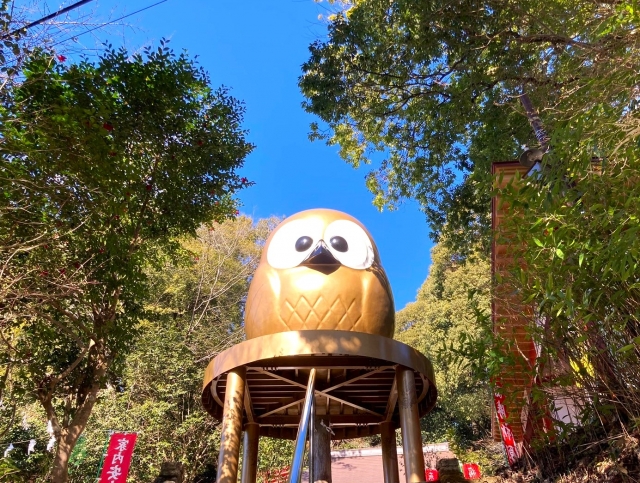
Washikozanjo Shrine is located at the summit of a mountain, so access to the site should be carefully planned. In particular, we recommend that you check road conditions in advance.
Traffic Access
By train or bus
The most convenient route is a 20-minute cab ride from Karasuyama Station on the JR Karasuyama Line. You can also get off at Ujiie Station on the JR Tohoku Main Line (Utsunomiya Line), take the Kanto Bus bound for Matou Shako from the East Exit, get off at Nakagawa Town Hall, and take a 20-minute cab ride from there.
When taking a cab, it is important to secure a return trip due to the location at the top of the mountain. We recommend that you ask the driver to stand by for your return trip.
When using a private car
It takes about 1 hour from the Naka IC of Joban Expressway and about 1 hour and 10 minutes from the Utsunomiya IC of Tohoku Expressway. There is also a route from the Yaita IC of the Tohoku Expressway, which takes about 60 minutes by car.
If you enter from the entrance on the Ibaraki Prefecture side, the road is relatively wide. The Tochigi Prefecture side of the road is narrower, and it is difficult to pass each other, so access from the Ibaraki Prefecture side is recommended under normal circumstances.
Hours of visitation and parking information
Hours of visitation
Visitors can visit the shrine from sunrise to sunset, and it is open year-round.
Parking lot
Free parking for approximately 140 cars is available. There is a parking lot (10 cars) just past the main shrine gate, 5 cars on the shoulder of the road in front of the main shrine gate, and about 40 parking spaces about 200 meters down the road on the Tochigi Prefecture side.
A second parking lot is available during busy times, but we recommend that you allow plenty of time for your visit, as the shrine is a short distance away.
<Address> 1948 Yamata, Nakagawa-cho, Nasugun, Tochigi 324-0607
Reference site
Washiko Yamagami-jinja Shrine Official Website: https://www.torinokosan.com/
Kanko Ibaraki (Ibaraki Prefecture): https://www.ibarakiguide.jp/spot.php?mode=detail&code=107
Tochigi Prefectural Shinto Shrines Agency: http://www.tochigi-jinjacho.or.jp/?p=677


